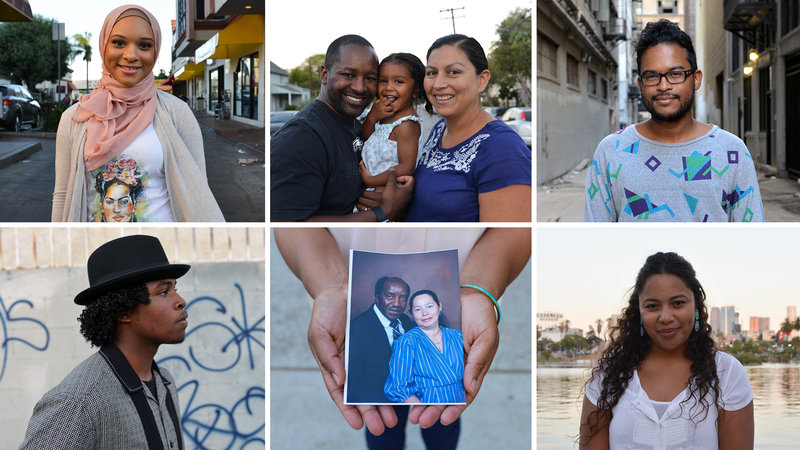An Emerging Entry In America’s Multiracial Vocabulary: ‘Blaxican’

*This isn’t the first time I hear the word, but it’s the first time I read about it . . . and it’s about time. Giving something a name is the first step toward mainstreaming an idea. The idea here is that the Latino culture is a mixed bag of race, and while bigotry exists within the Latiuno community, there’s also an understading of tolerance and of pushing the boundaries of “normal” in America. VL
![]() By Adrian Florido, Code Switch (8 minute read)
By Adrian Florido, Code Switch (8 minute read)
When Melissa Adams and her sister were growing up in Lynwood, near Compton, Calif., their black father and Mexican mother taught them to be proud of all aspects of their identity: They were black, and they were Mexican.
At home, that came easy. Publicly, it was harder. Consider the time Melissa was named valedictorian of her middle school when she was 13. It was the first time anyone could remember a black student winning that honor at her school.
“Everyone was excited,” she said over breakfast at her family’s house recently. “It was the first black valedictorian!” School administrators planned a special ceremony for her, and the dean called Adams into her office to congratulate her.
But when Adams walked in, the dean’s smile melted away.
“She was notably disappointed by what she saw,” Adams said, her voice trembling at the memory. “She didn’t believe I was black.” Adams, who has light skin, long, straight brown hair, and speaks Spanish, is used to people assuming that she’s entirely Mexican or even white. She explained to the dean that her father was black, which was why she’d checked the box for that racial category on a school enrollment form. “She told me not to do that again,” Adams recalled.
Click HERE to read the full story.
[Photo courtesy of Code Switch]
Suggested reading


